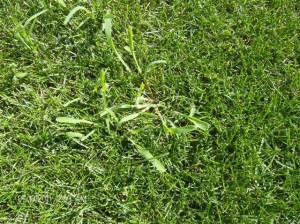Landscapes can be more than just trees, shrubs, and flowers. Decorative stone can be a modern and elegant addition to your current landscape for any homeowner. While adding a beautiful look to your property, decorative stone can also provide some very practical benefits, making it a great option for any property. Here are four reasons to incorporate it into your landscaping.
It Helps Reduce Weeds
Weeds are a common problem in all yards, some more than others. Although there are many weed-killing products available, there may be reasons why a homeowner prefers not to use herbicides. You may be concerned about other plant life accidentally being exposed to it. Maybe you have young children you know will need to be kept an extra close eye on to make sure they don’t play or walk through it. Decorative stone is a great option for helping reduce weeds because it blocks sunlight that supports weed growth.
It Helps Insulate Roots
For the plant life around decorative stones, it helps protect roots by insulating them from the heat in the summer and cold in the winter. This is especially beneficial during brief cold or hot snaps in weather that isn’t conducive to plant life. Cool soil-loving plants can die if their roots get too warm, just as plants that prefer mild climates will suffer if their roots get too cold.
It Is Durable
In addition to the benefits decorative stone provides with landscape upkeep and healthy plant life, it also is highly durable and will last a long time. You won’t have to worry about needing to replace it in just a few years. The durability and low maintenance of decorative stone mean it can tolerate any weather the elements may bring, making it a solid investment for any yard.
It Is Aesthetic
Last but not least, in addition to the practical benefits, decorative stone can give any yard an extra aesthetic appeal. Not only does decorative stone come in a wide range of colors and textures — from large red granite to multi-colored pea gravel and everything in between, but different shapes and sizes also offer many different options to give you just the right look to add to your yard.
Turn to The Landscaping Experts
With great practical and aesthetic benefits, decorative stone makes a great addition to any residential property. For superior decorative stone installation services, turn to the landscaping artists at Central Services Company. Be sure to visit Central Services website for more information and connect with a professional today.




